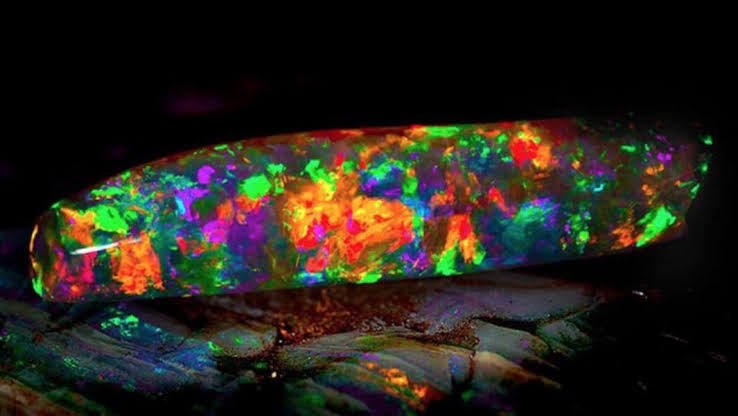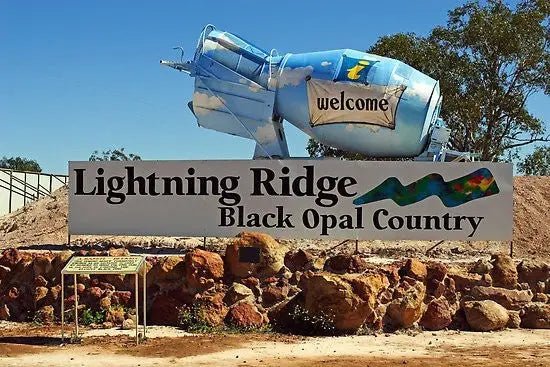
Australian Opals - Why the Hefty Price Tag?
Australian opals are renowned for their extraordinary beauty and significant value, often commanding high prices compared to opals from other regions. Australia is the source of 90% of the world's opal supply, and this prestigious reputation contributes to their cost. Various factors influence the price of opals, including shape, colour, size, and origin.
Here’s an in-depth look at why Australian opals are so highly valued.
Factors Contributing to the High Cost of Australian Opals
1. Harsh Mining Conditions: Australian opal mines are primarily located in remote areas with extreme climates. Mining in such conditions is challenging, requiring highly skilled and dedicated miners. The difficulty and effort involved in extracting opals from these harsh environments significantly contribute to their high price.
2. Spectacular Colour Spectrum: Australian opals are famous for their brilliant and diverse colour spectrum, known as opalescence. This unique play of colour, ranging from deep blues and greens to vibrant pinks and reds, makes these gemstones exceptionally valuable. In fact, a top-quality opal can be considered more valuable than a diamond.
The Value of Australian Opal
Australia's opal mines supply about 90% of the world’s opals, but keeping up with global demand has become increasingly challenging. This scarcity enhances the prestige and value of Australian opals.
The price of opals varies widely based on several factors, ranging from $10 per carat to approximately $10,000 per carat. For instance, the ‘Virgin Rainbow Opal,’ discovered in 2003 in Coober Pedy, is valued at $1 million. This opal's hefty price tag is due to its extraordinary formation within an ancient cuttlefish skeleton and its ability to glow in the dark.
Rarity of Australian Opals
While silica, the primary component of opals, is common, precious opal is incredibly rare—far rarer than diamonds. Precious opal, the vibrant, colourful gemstone, represents only a small fraction of the opal mined. Most opal found by miners is common opal, lacking the gemstone’s characteristic play of colour.
Factors determining an opal's rarity include:
- Brightness: The brighter, the better.
- Colour: Purple is the most common, followed by blues and greens. Oranges and reds are rarer and thus more expensive.
- Pattern: Certain patterns are more valued than others.
- Consistency: Opals that appear bold and bright from all angles are more valuable.
- Body Tone: The darker the body tone, the more vibrant the colours. This is why black opal is highly prized.
- Opal Field: Some fields produce higher quality opals than others.
The Prestige of Australian Black Opal
Black opal, the rarest and most valuable form of opal, is primarily found in Lightning Ridge, a small town in outback New South Wales. These opals display every colour of the rainbow, with their dark body tone enhancing the intensity of the colours.
The Rarest Opal Colour
While black opals are the rarest due to their deep body tone, red and orange hues are the rarest and most sought-after colours within the opal spectrum. These colours, especially when present in black or dark-toned boulder opals, offer striking contrast and are highly valuable.
Australian opals, with their vibrant explosion of colours, are a unique result of ancient geological processes. They symbolise the resilient and dynamic Australian spirit, making them a treasured and extraordinary gemstone.




Leave a comment
This site is protected by hCaptcha and the hCaptcha Privacy Policy and Terms of Service apply.